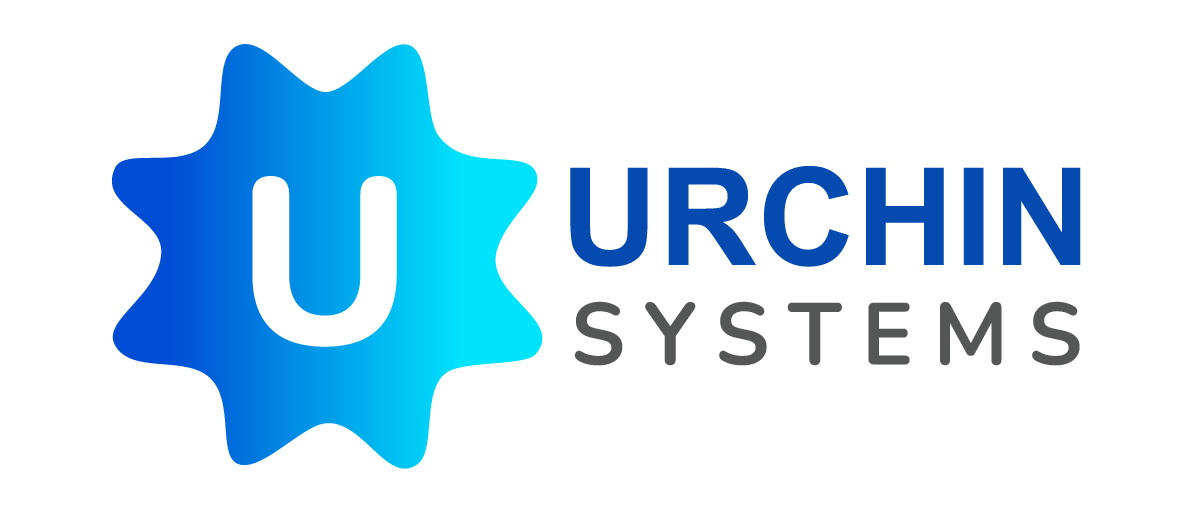Offshore business development involves hiring dedicated teams or setting up development centers in countries outside your business’s home base to handle software development tasks. This approach allows companies to benefit from international expertise, lower costs, and time zone advantages.
According to market projections, the offshore software development industry is expected to grow to $283 billion by 2031, with a compound annual growth rate (CAGR) of 10.13% from 2024 to 2031.
For businesses, offshore development isn’t just about saving money—it’s a strategic move toward global competitiveness.

Benefits of Offshore Development
Significant Cost Savings
Offshore development and remote teams can optimize costs by 39% to 72% compared to onshore alternatives. This is largely due to lower labor and infrastructure expenses in regions like India, Ukraine, and Latin America. For instance, payroll taxes and operational costs onshore can be 1.25 to 1.4 times higher, according to Luxoft.
Tapping into Global Talent Pools
Fifty percent of businesses are struggling to recruit locally (Deloitte), and offshore development opens doors to a diverse pool of experts in fields like deep learning and extended reality.
Strengthening Security and Compliance
Offshore setups allow businesses to enforce strict security protocols, ensuring compliance with global standards. This is vital for data-sensitive projects requiring tailored solutions.
Streamlining Recruitment and Management
Offshore providers often handle hiring and compliance, freeing up in-house HR teams.
Gaining Local Market Insights
Offshore teams offer insights into regional markets, aiding product localization and global expansion. This is a game-changer for businesses targeting diverse customer bases.
Achieving 24/7 Productivity
Time zone differences enable 24/7 operations. A hybrid model with developers in India and nearshore teams in Latin America.
Maintaining Full Operational Control
Businesses can choose models that suit their needs—customer-owned offshore development centers (ODCs) provide complete oversight, while vendor-managed setups offer flexibility under company direction.

Best Practices for Offshore Staffing
Offshore staffing can be a game-changer for your business, unlocking access to global talent while keeping costs manageable. However, success hinges on a well-executed strategy that blends alignment, efficiency, and collaboration. Below, I’ve outlined the best practices to help you get the most out of your offshore teams, complete with practical steps and real-world insights.
Select the Right Partner
The first step is choosing an offshore partner that aligns with your needs. Cost matters, but fit is critical. Seek a provider with proven expertise in your field—think e-commerce or healthcare IT—and request case studies or testimonials to verify their track record. For instance, if you’re developing a healthcare app, opt for a team fluent in HIPAA compliance with relevant past projects. Review their service level agreements to ensure their standards match yours, and consider a trial run, like building a single feature, to test their skills and communication. A strong partner acts like an extension of your team, delivering tailored results—think of Pricena, which hit 50,000 downloads in six months, thanks to a spot-on offshore match.
Maintain Regular Communication
Consistent communication prevents missteps and keeps projects on track. Designate a point person, such as a project manager, to connect your in-house and offshore teams. Establish a cadence: daily Slack or Teams check-ins for quick updates, plus weekly Zoom calls for deeper discussions.
Use a shared tool like Trello or Jira to track progress in real time and encourage the offshore team to flag issues early. Imagine a software outsourcing team sharing code snippets in Slack for instant feedback—without this, a small error like a misplaced button could balloon into days of rework.
Define Clear Project Expectations
Set the stage with crystal-clear expectations. Create a detailed project charter outlining technical requirements (e.g., an API handling 1,000 requests per second), deliverables, and deadlines (e.g., an MVP by Q2). Go beyond specs—share your company’s mission, like “user-first design,” to give context.
Host a kickoff meeting with visuals like wireframes to align everyone. For example, a marketing firm might tie a campaign dashboard to its client-empowerment goal, ensuring the offshore team delivers a lean, focused product instead of an overbuilt mess.
Establish Architecture Ownership
Clarify who owns the technical architecture from the outset. If your in-house team has the know-how, lead the charge but involve offshore input during planning. If the offshore team excels in a niche like cloud-native design, let them take the reins, with you reviewing progress. Document this in a shared playbook: who handles security, who builds what. A fintech firm might retain payment gateway control for compliance while delegating the interface—skip this, and you risk a disjointed system slowing everything down.
Explore the BOT Model
The Build-Operate-Transfer (BOT) model lets you test the waters before committing fully. The offshore provider builds and manages your team—say, for an MVP—until you’re ready to take over. Define milestones, like a stable release, and prepare for the handoff with training and documentation. A startup might launch a support app offshore, then assume control after reaching 10,000 users, balancing flexibility and growth.
Manage Time Zone Differences
Turn time zone gaps into an asset. Identify overlap hours—perhaps 9-11 AM EST with a Philippine team—for live sync-ups like sprint planning. Assign asynchronous tasks, like code reviews, to off-hours via tools like Asana. A small schedule tweak, like an earlier offshore start, can extend overlap without burnout, keeping feedback loops tight and efficient.
Foster Cultural Alignment
Bridge cultural differences to boost teamwork. Host virtual sessions where teams share traditions, like a “lunch and learn,” and train the offshore crew on your workflows—say, why Kanban matters. Celebrate wins together, like a product launch. A U.K. firm might embed its “customer-obsessed” ethos in an Indian team through joint sprints, inspiring innovations like a slick UI tweak. Cultural alignment fuels motivation and quality.
Prioritize Frequent Interactions
Go beyond updates—frequent interactions build trust. Schedule weekly video calls mixing work and casual chats or biweekly 1:1s between onshore leads and offshore developers. Use Miro for virtual whiteboarding to solve problems and share a quarterly newsletter highlighting successes. A product manager might discover a QA tester’s automation skills in a casual chat, unlocking new efficiencies.
Build Small, Agile Teams
Keep teams lean—5-7 members with a leader, targeting specific goals like a backend API, working in two-week sprints. If growth demands it, split into sub-teams with clear roles, syncing via daily stand-ups. A gaming company might have one squad for graphics and another for physics, tied together in Jira. Small teams stay agile, dodging the chaos of larger groups.
Utilize Reusable Resources
Cut redundancy with reusable assets. Maintain a shared GitHub repo for code modules, UI templates, and docs, with the offshore team documenting usage. Train everyone to check it first and assign a keeper to update it. A travel app team might adapt a booking widget for flights, saving weeks. Reusing proven resources streamlines delivery.
Leveraging Global Software Services
Choosing the Right Model
Selecting the appropriate engagement model is crucial for aligning your offshore strategy with project goals. Below is a table summarizing key models:
| Model Name | Description | Advantages | Disadvantages |
| Fixed Priced Model | Cost and timeline set upfront; ideal for short projects. | Predictable costs, less oversight needed. | Limited flexibility, planning-intensive. |
| Dedicated Team Model | The team focuses on one project; it is suited for long-term work. | Scalable, high control, IP protection. | Higher costs, cultural differences. |
| Time & Material Model | Costs based on time/resources; fits complex projects. | Flexible, supports Agile, quality-focused. | Less predictable, requires more involvement. |
| Staff Augmentation | Offshore devs supplement in-house staff. | Direct control, faster delivery, cost-effective. | High management needs, limited scope. |
Integration and Collaboration
Seamless integration is key. Use tools like Jira and Slack for real-time collaboration and establish coding standards and quality checks for consistency. Knowledge transfer through documentation ensures continuity, while KPIs align offshore teams with your objectives. Success stories like StudyTube highlight the value of these steps.
Conclusion
Offshore development is a powerful tool for businesses aiming to expand globally. Its benefits—cost savings, global talent access, and 24/7 coverage—combined with best practices and strategic integration, offer a clear competitive edge.
By focusing on strong partnerships, clear communication, and sustainable practices, companies can thrive in this evolving market. Offshore development isn’t just a trend—it’s a cornerstone of global success.

